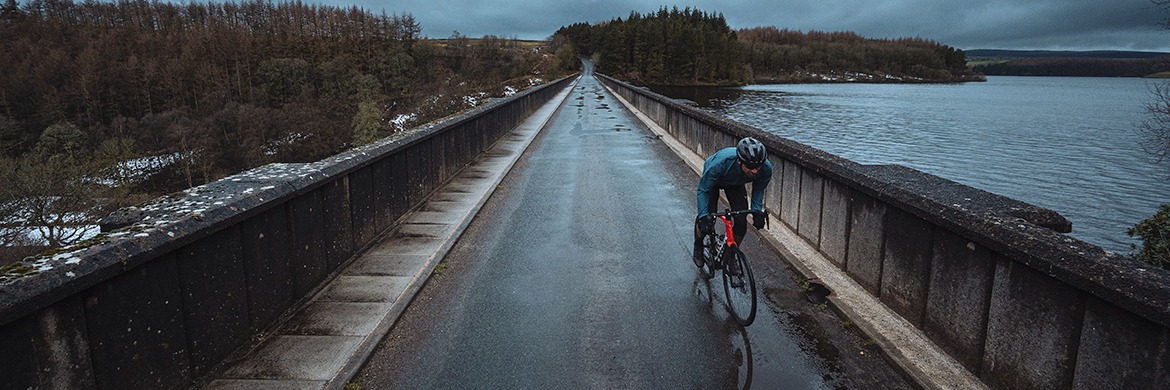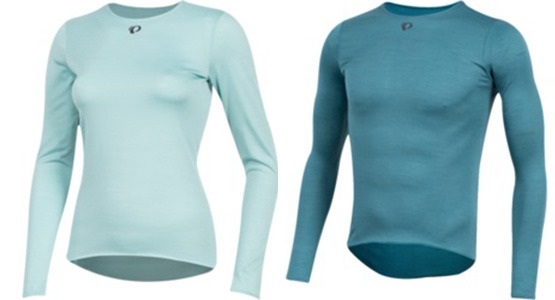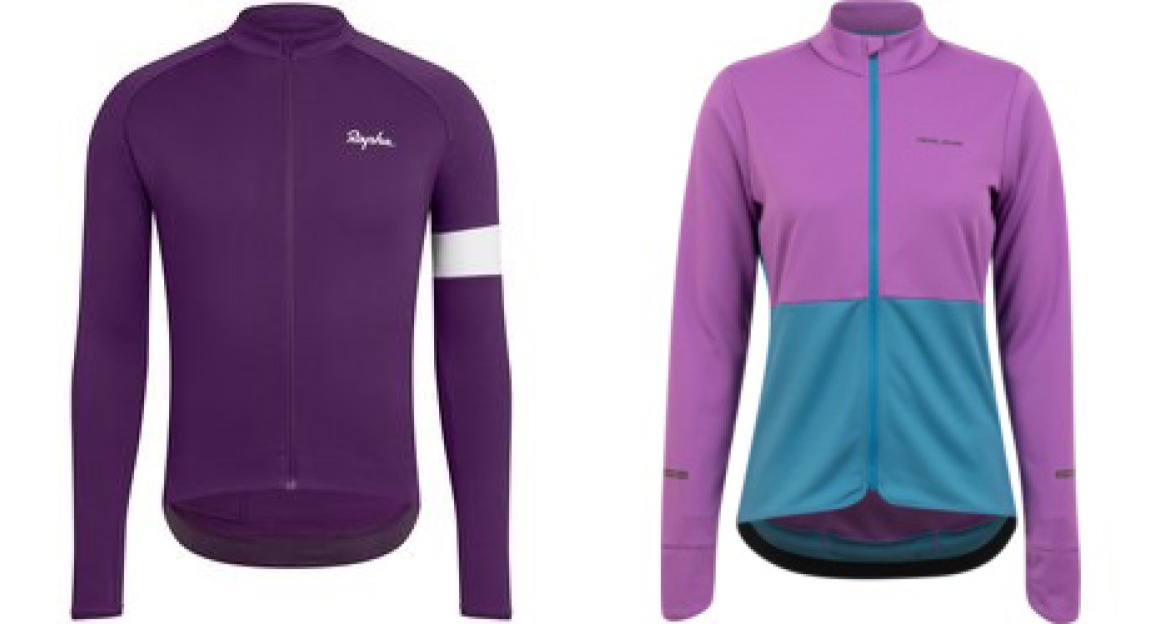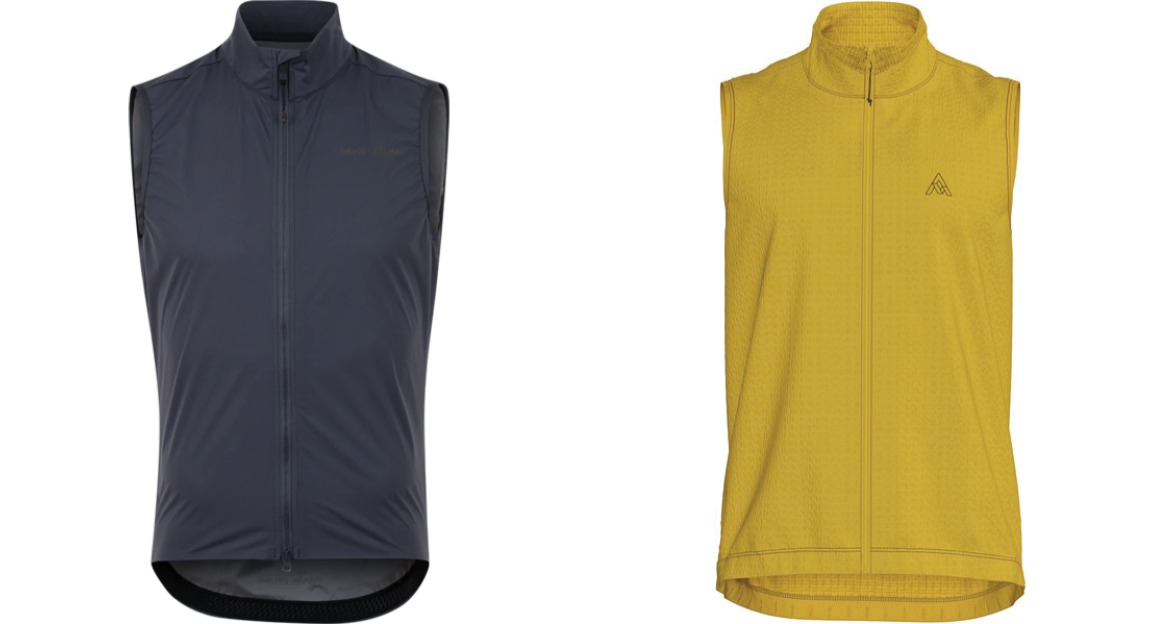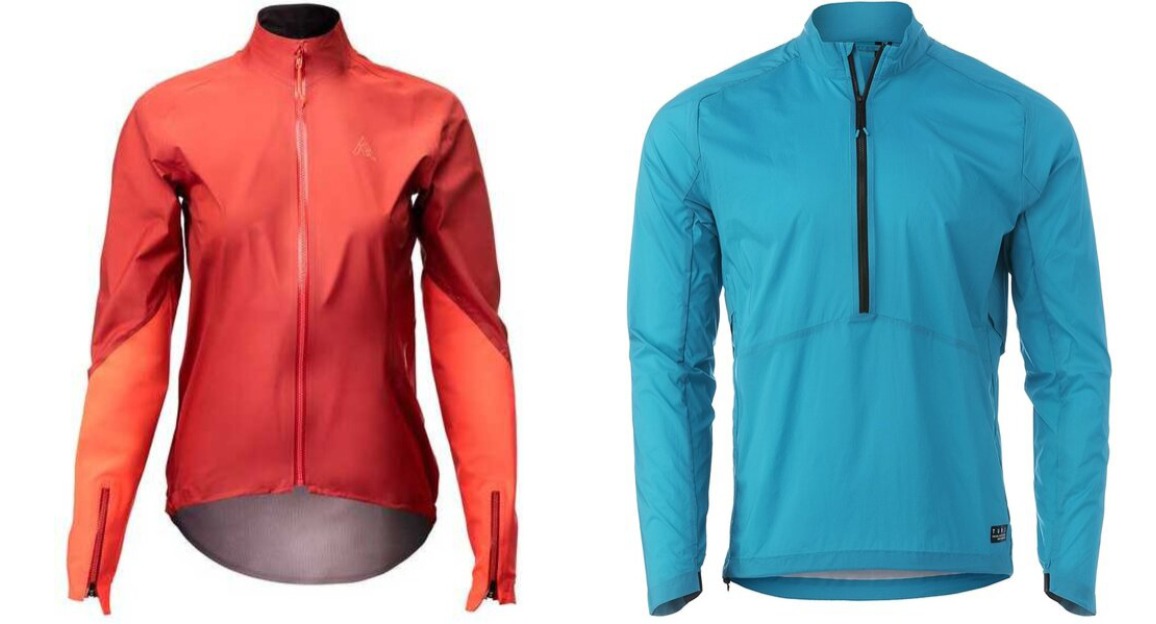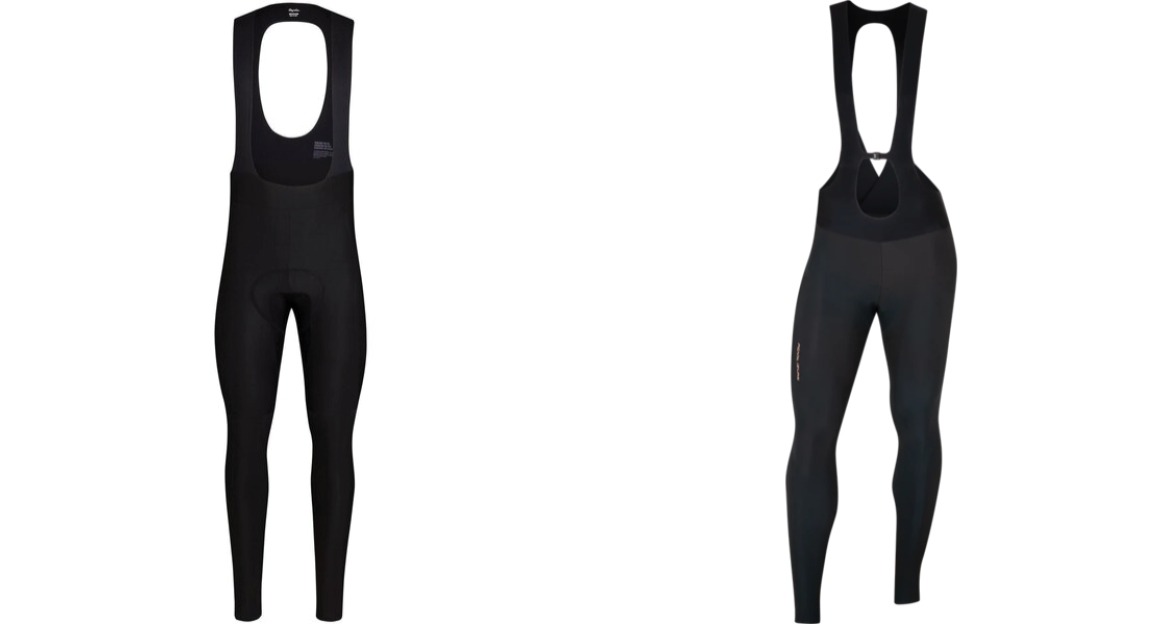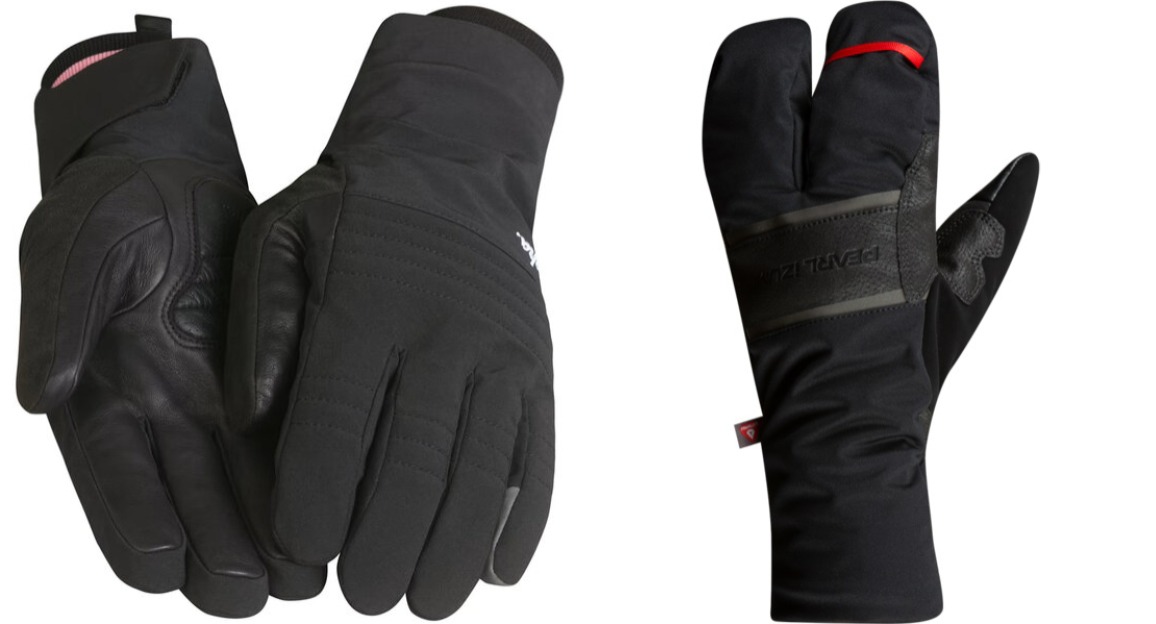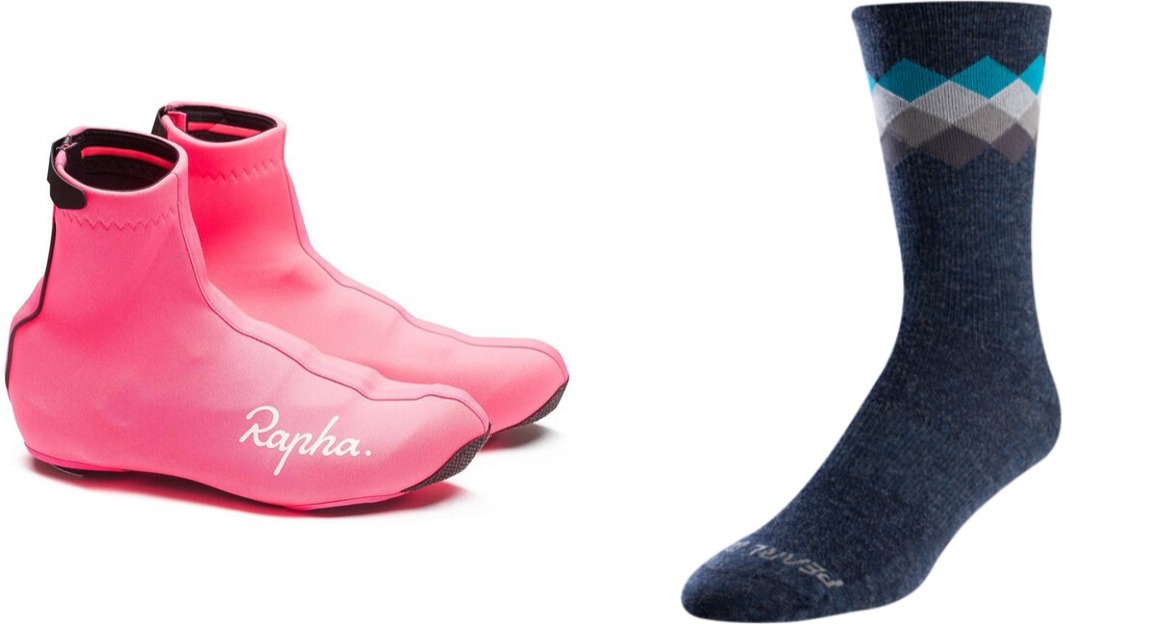WINTER CYCLING kit
By Evan Lee
While many consider this the most difficult time of year to be on the bike, there are still fine times to be had on two wheels. Without quoting a massive international sports shoe company with a swooshy logo, we are here to remind you that the first step is commitment. Make a date, set a course, call your friends, and get on the bike!
There are proven benefits to getting out there. From higher caloric burn rates to that mental bliss of pedaling outside that you’ve been missing since autumn, getting off the trainer and on the bike is the best cure for any cyclist suffering winter blues. And you’re going to want to be comfortable doing it. Here are some thoughts and suggestions on kit to make the next couple of dark cold months more bearable.
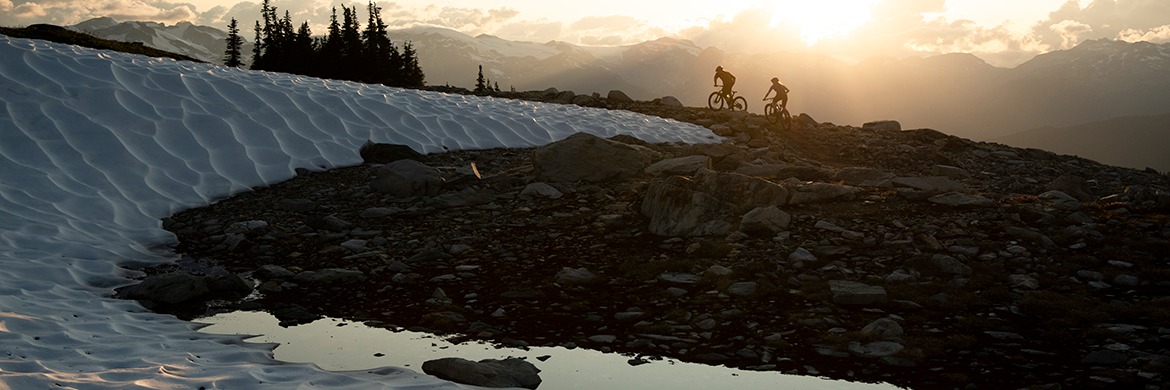
dressing the part
A wise man once said: There’s no such thing as bad weather, only unsuitable clothing.
The key to success in staying warm and enjoying the ride is maintaining and regulating body heat. There are myriad windproof, waterproof, and thermal clothing options to help you gear up and enjoy the ride. Fortunately for us here in Colorado, when opting for a cold weather ride it will likely be in the sun and not dealing with cloudy wet conditions.
Everyone reacts to cold temperatures differently, even more so when exercising. It will take some experimentation to see what works best for you. The more you ride in lower temperatures, the more you’ll learn how to assemble your own personal comfort attire. The temptation to throw on everything you own to stay warm is real, but there are better ways to ensure you won’t sweat yourself into a chill, which is a very real scenario you don’t want to experience. Overheating is as undesirable as being cold, and layering is the way to achieve a proper balance.
layering
Simple formula: base, middle, shell, with options as required. Two thin garments are warmer than one thick one as the airspace between the garments serves as an insulating thermal layer. Layering your apparel is the way to nirvana when it comes to winter cycling and here’s how it's done.
base layers
Base layers are a must, and you’ll want to go with the long sleeve versions whenever possible to avoid bunching. There are two materials commonly used in base layers: natural merino wool and synthetic technical fabrics. Both of these options feature wicking properties that will keep the moisture moving away from your skin as you work.
mid layer / jersey
Next up is a mid layer. Often enough a long-sleeve jersey will suffice. Again, breathability is key here.
Option: Gilet
If it’s really cold, a gilet – a vest, really – is indicated. These serve a dual function on those days when the temps can swing 25 or more degrees on your ride and you need to keep the core warm but shed the long-sleeve jacket.
Outer layer / jacket
The last bit is a windproof / waterproof outer shell or jacket. Look for zippered models that have venting options such as armpit zips and adjustable cuffs.
thermal bibs
Now that your upper body is ready to tackle the elements, you’ve got to get your legs covered. Since they do the lion’s share of the work, layering usually isn’t necessary. A set of thermal bibs will generally serve perfectly well. Today’s cold weather bibs are a great advantage as they have the chamois sewn right in. No more pulling a pair of tights over a pair of padded cycling shorts, but you can still do that if you want.
headWear
If there are superconductors for cold to invade the comfort you’ve created with your winter riding kit, your head, ears, and neck are the most super of all. Skullcaps, headbands, balaclavas, and neck gaiters are all ways to ensure you stay toasty.
gloves
Extremities are also great for getting cold and staying cold. There are cycling gloves for every level, from thin liners with an outer layer to full on cold weather mitts. Also, If you're prone to cold hands and no glove will help, Pogies are a terrific piece of equipment favored by several WRC staffers who commute by bike in winter.
Thermal footwear
Like gloves, cold weather footwear comes in many forms. Shoe covers, toe booties, thin socks under heavier socks, dedicated oversize winter cycling shoes, even the old plastic bread bag between the socks (really) there are any number of ways to combat the cold.
next week
Now that you’ve got the kit, we’ll look at bike equipment and a few cold weather riding tips.
